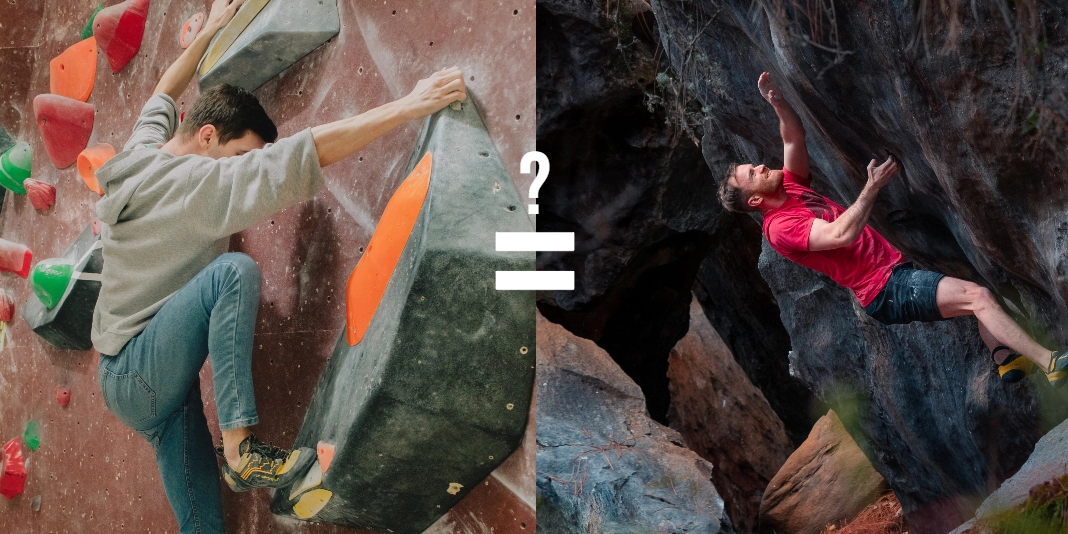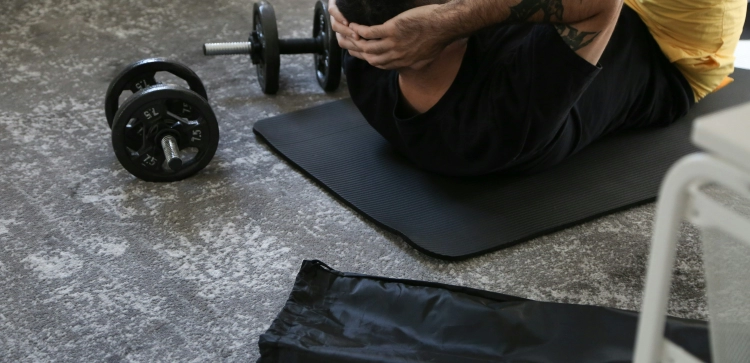Can Indoor Climbing Prepare You For Outdoor Climbing?

As climbing enthusiasts, we often find ourselves drawn to both the controlled environment of indoor climbing gyms and the rugged challenges of outdoor climbs. But can the skills honed on indoor walls truly translate to success on natural rock formations? Let's delve into the world of indoor and outdoor climbing to uncover whether your indoor training can effectively prepare you for outdoor climbing.
The Foundation of Technique
Indoor Climbing: Indoor climbing gyms provide a structured setting to build and refine fundamental climbing techniques. Climbers can practice various types of holds, movements, and routes designed to enhance their climbing prowess. These controlled environments allow climbers to experiment and develop a solid technical foundation.
Outdoor Climbing: The transition to outdoor climbs introduces the nuances of natural rock features. While indoor techniques serve as a strong base, outdoor climbing demands adaptability. Climbers must learn to read the rock, identify holds, and adjust their techniques to fit the unique challenges presented by nature.
Mental Resilience and Problem-Solving
Indoor Climbing: Indoor climbing offers a controlled environment that encourages deliberate problem-solving. Climbers decipher routes, strategize movements, and execute sequences in a setting where holds and hold orientations are predictable. This mental exercise cultivates resilience and critical thinking.
Outdoor Climbing: In the outdoors, unpredictability reigns supreme. Climbers face a blend of physical and mental challenges as they navigate unfamiliar terrain. The ability to quickly assess situations, adapt to changing conditions, and make split-second decisions becomes paramount.
Physical Conditioning
Indoor Climbing: Indoor climbing allows climbers to focus on specific aspects of physical conditioning. Whether it's building finger strength, working on endurance, or perfecting footwork, climbers can tailor their training sessions to target their weaknesses.
Outdoor Climbing: Outdoor climbs encompass a diverse range of movements that demand overall fitness and adaptability. Climbers must engage a variety of muscles to tackle cracks, overhangs, slabs, and more. The dynamic nature of outdoor climbs requires a well-rounded physical conditioning that complements indoor training.
Navigating Fear and Exposure
Indoor Climbing: While indoor climbing minimizes exposure and fear factors, it provides a controlled space to gradually build confidence. Climbers can practice falling techniques and gradually overcome anxieties associated with heights.
Outdoor Climbing: Facing exposure and heights in the great outdoors can evoke a unique set of emotions. Climbers must contend with mental and emotional aspects that are less prevalent indoors. Managing fear, staying composed, and trusting your skills are essential when climbing on natural rock faces.
The Verdict: A Harmonious Balance
While indoor climbing can certainly lay the groundwork for outdoor adventures, it's important to view them as complementary rather than interchangeable experiences. Indoor climbing hones technique, fosters mental agility, and refines physical attributes. These attributes serve as valuable tools when transitioning to outdoor climbs, where adaptability, problem-solving, and a connection with nature come to the forefront.
Ultimately, the ideal approach is a balanced one. Embrace the controlled environment of indoor climbing for skill-building, and carry those skills into the untamed beauty of the outdoors. By striking this harmonious balance, you can make the most of both worlds and embark on climbing journeys that are as diverse and rewarding as the landscapes they encompass.















